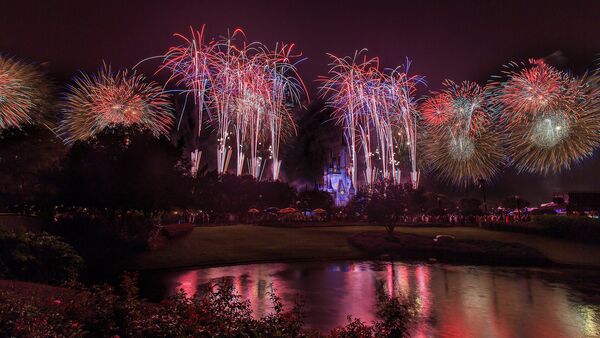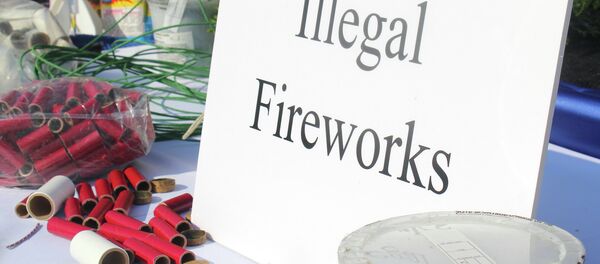MOSCOW (Sputnik) – Below is a brief history of Independence Day and traditional ways that US citizens celebrate the holiday.
On July 4, 1776, the representatives of the 13 original colonies, in the Pennsylvania State House in Philadelphia, signed the document proclaiming the United States a state independent from the British Empire.
A year before, a break with the United Kingdom became inevitable following the 1775-1783 Revolutionary War in the United States.
COUNTDOWN
On June 7, 1776, Richard Henry Lee of Virginia presented a resolution to the US Congress that read that the "United Colonies are, and of right ought to be, free and independent States, that they are absolved from all allegiance to the British Crown, and that all political connection between them and the State of Great Britain is, and ought to be, totally dissolved."
Happy #IndependenceDay!Please remember those that have given us their all so we may stand here today. #BeSafe🇺🇸💙🇺🇸~M pic.twitter.com/LiU0i1jQHN
— Walk With Blue (@BlueWalkPoconos) 4 июля 2016 г.
On June 11, Congress appointed a "Committee of Five," consisting of John Adams, Benjamin Franklin, Thomas Jefferson, Robert Livingston, and Roger Sherman, to draft a declaration. The committee decided that Committee Chairman Jefferson, a prominent figure in the Revolutionary War, would write the first draft. He worked on the text for 17 days (June 11-28).
Jefferson’s text, with slight alterations from Adams and Franklin, was presented to Congress on June 28. During the ensuing debate, the draft was amended many times; but of particular note, Congress removed a section condemning slavery and the slave trade.
RATIFICATION
The Declaration was then read out loud in public in front of the state house building and its first 200 copies have been printed by John Dunlap.
It was the first document in history that proclaimed the principle of national sovereignty as a basis of state organization and rejected the theory of a divine origin of power that prevailed at the time.
The Declaration of Independence stipulated the people’s right to revolt and overthrow a despotic government and proclaimed the fundamental ideas of democracy – the equality of all people and their "inalienable rights, among which are life, liberty, and the pursuit of happiness."
The Declaration was not only the "birth certificate" of a new nation but also a landmark of American literature. Jefferson expressed its principles and ideas in figurative, concise and clear language.
OFFICIAL SIGNING
Of the 56 men who signed the Declaration of Independence, five were captured by the British and executed as traitors. Nine of the 56 fought and died from wounds or hardships of the war. Many lost their wives, children and property.
By a quirk of fate, two of the document’s authors, who subsequently became US presidents – Thomas Jefferson and John Adams – died on the same day, July 4, 1826, exactly 50 years after the Declaration was adopted.
In 1870, the US Congress resolved to declare July 4 a federal holiday. The provision was expanded in 1941 to grant a paid holiday to all federal employees.
The engrossed copy of the Declaration of Independence is kept in a bulletproof glass container filled with an inert gas in the National Archives in Washington, DC. During the day, the Declaration of Independence is exhibited in a National Archive hall and at night, the container is lowered into a secure underground chamber.
MODERN CUSTOMS
The main event – Independence Day Parade – takes place at noon in Washington, DC. There are outdoor parties and fireworks displays across the country, and Americans display the US flag outside their homes.
The biggest national fireworks display is held over the East River in New York City instead of the capital.
A barbecue is the most popular way to celebrate Independence Day.





